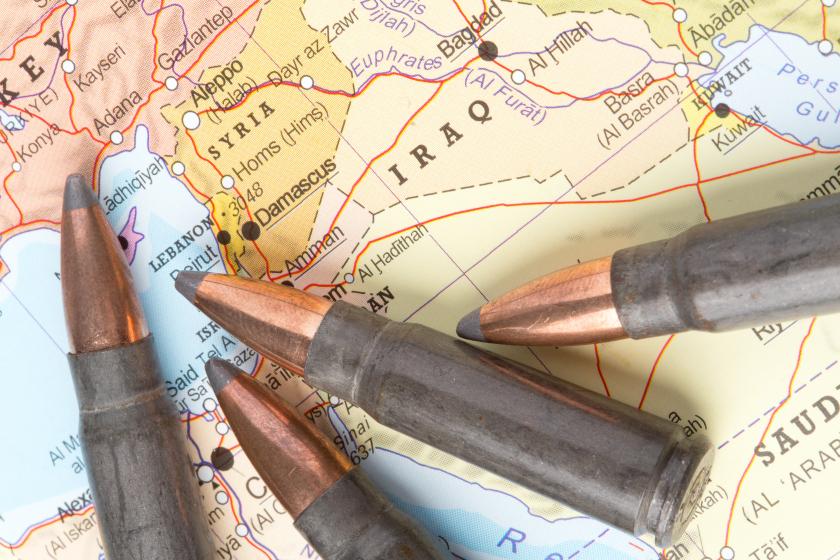Suspected Middle East Sabotage Brings Undersea Cable Vulnerabilities into FocusSuspected Middle East Sabotage Brings Undersea Cable Vulnerabilities into Focus
Middle East fighting is cause for concern as enterprises and the telecom industry are dependent on undersea cables to carry the bulk of their intercontinental Internet traffic.
February 27, 2024

The Jerusalem Post is reporting that Houthis have knocked out four undersea cables linking Europe with Asia. While the sabotage reports are not confirmed, it raises long-considered concerns about the vulnerability of critical undersea cable networks.
As we’ve noted in the past, the network of undersea cables that span the globe carry about 95% of all intercontinental Internet traffic. So, any disruption is a major issue that must be remedied immediately. That’s a complex task made all the more complicated with the region’s turmoil.
“There is no definitive evidence at this time that the Houthis were responsible for recent cable faults in the Red Sea,” says Alan Mauldin, a Research Director at TeleGeography, a research firm that builds and maintains massive data sets that are used to monitor, forecast, and map the telecommunications industry. “Regardless of the cause, the key issue now is how and when repairs will be conducted. Are cable operators able to get permits and insurance to enter areas of the sea that place the crew and their vessels at risk of attack?”
Putting the role of undersea cables into perspective
Certain regions of the world, like the Middle East, are convergence points for undersea cables. In January, Mauldin posted a blog noting that over 90% of all Europe-Asia capacity is carried by cables in the Red Sea. As such, sabotaging cables can have a significant impact.
Concern about the susceptibility and vulnerability of the undersea cable network has been a growing concern for years. In 2009, researchers at the University of New South Wales published a paper that focused on the vulnerabilities of the cables linking Hawaii and Australia.
In that case, the concern was about disruption caused by undersea volcanic activity. As we saw reported in 2022, a volcanic eruption knocked out a cable linking the island nation of Tonga with Fiji. The incident isolated Tonga until repairs could be made.
Seeking alternatives
In general, enterprises and the telecom industry are looking for ways to avert the impact of undersea cable vulnerabilities.
One approach is to install cables over alternative routes. As we reported in December, the SeaMeWe-6 cable project seeks to construct a cable that links Asia, the Middle East, and Europe via a route through India rather than the Red Sea. The article noted that the U.S. “snatched away” control of the project from China due to the importance of having alternative paths to send data.
Other non-cable alternatives exist, and new ones are coming online. But they are not likely to replace undersea cables in any major manner. Why? The great benefits of undersea cables are their global reach, very large capacity, and low latency.
Wireless options like 5G can only support communications and data sharing over limited geographical regions.
Satellites have been available for decades but are no substitute for terrestrial cables. They are expensive to use, offer limited bandwidth versus fiber optic cables, and, due to the physics involved, there are latency issues. Specifically, data transferred from a ground station to a geostationary satellite and back down to Earth must travel about 45,000 miles. Even at the speed of light, that is about a half-second process. Depending on the distance between two points on Earth, say the Middle East to Asia, the same signal sent over cable only takes about 0.2 seconds.
Newer satellite technologies like Starlink that are based on low- and near-earth orbiting satellites are coming online now. With such systems, the latency issues of geostationary satellite communications disappear because they operate several hundred miles above the Earth’s surface. But, again, they offer limited bandwidth compared to a fiber optic cable.
So, for now, enterprises and the telecom industry are dependent on undersea cables to carry the bulk of their intercontinental Internet traffic.
Related articles:
About the Author
You May Also Like




